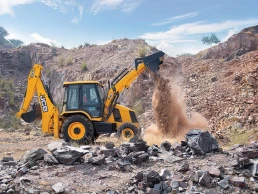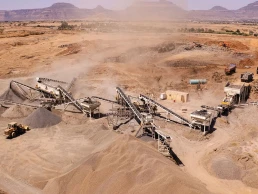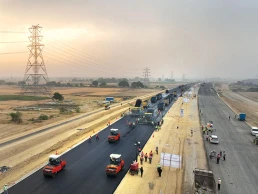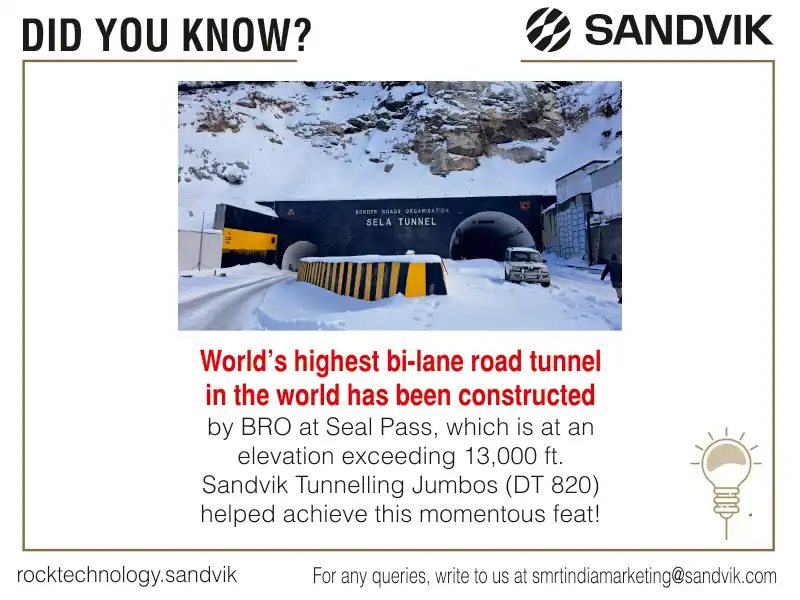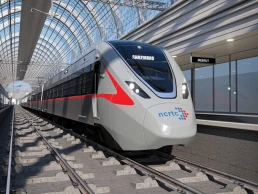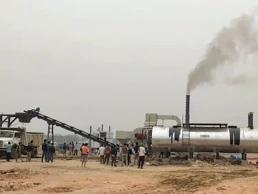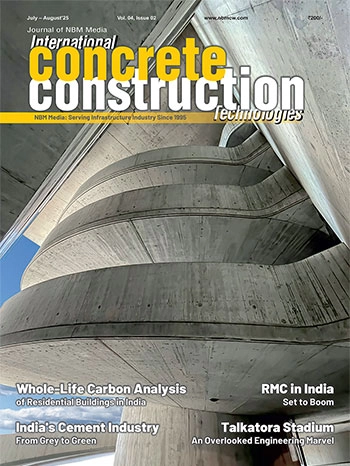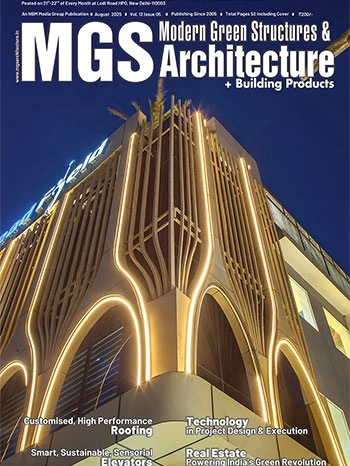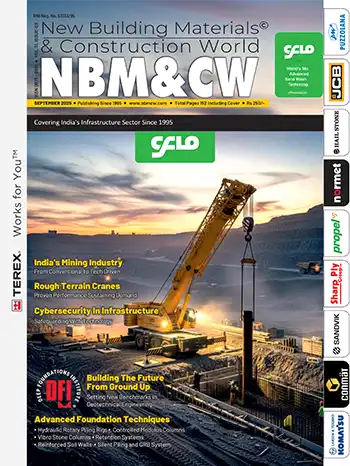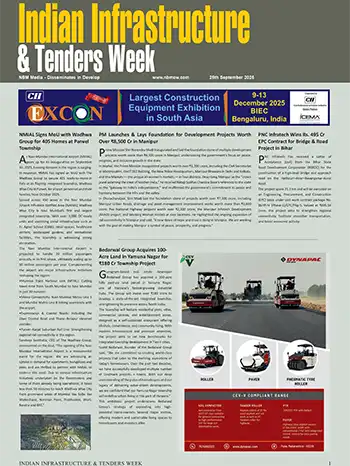Underground Construction with Diaphragm/Slurry Walls
The diaphragm or slurry wall technique, as discussed by Dr. N. Subramanian, represents a major advancement in modern underground construction. It offers significant benefits, including excavation stabilization, effective groundwater barriers, reduced ground movement, and minimal disruption in urban areas, in addition to providing cost savings of up to 25% compared to traditional methods and exceptional durability, making it ideal for applications in metro stations, tall buildings, bridge piers, and dams. Although urban construction presents challenges, strategies have been developed to overcome these issues. This article will explore the design, construction, and applications of diaphragm walls, as well as the challenges encountered in their implementation.
Introduction
Considered one of the most significant innovations in modern underground construction, the diaphragm or slurry wall technique offers a wide range of benefits. It provides excellent barriers against horizontal groundwater seepage, minimizes ground movement during excavation, and reduces settlement of adjacent structures. These advantages lead to substantial time and cost savings, particularly by reducing the need for site dewatering and minimizing the need for underpinning nearby buildings.





































